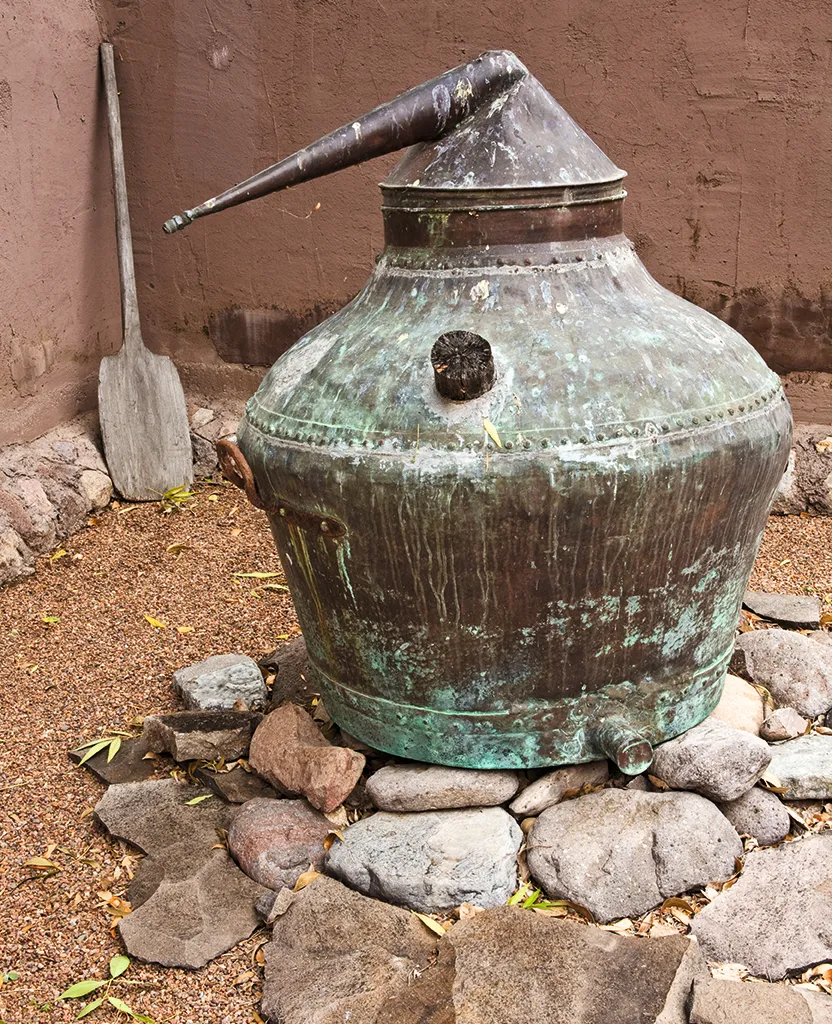From bold pendant lights to luxurious kitchenware, copper can be easily worked into any room. This ancient metal lends instant statement chic to contemporary spaces, but is equally effective at creating a warm, rustic effect in vintage schemes. This versatility has helped to cement the desire for copper over recent years – a demand that shows no signs of waning.
Want to learn more about the history of art but not sure where to start? We've made a list of the best art history and appreciation courses and lectures available online.

It’s not just among today’s home-decorators that this metal is prized. ‘Since its very discovery – thousands of years ago – copper has always been valuable,’ explains Marc Allum, miscellaneous expert on the Antiques Roadshow. ‘It has countless uses as it works easily, is malleable and anneals, and is a good conductor.’ All of which has served to give copper a timeless appeal – it’s been important for centuries, with diverse applications from the practical to the decorative.
Copper items dating back as far as 9000 BC have been discovered, though it is thought to have been the early Mesopotamians (around 6,000 years ago) who were the first to widely produce and use it. Its appeal grew and its global significance led to a period known as the ‘Copper Age’.
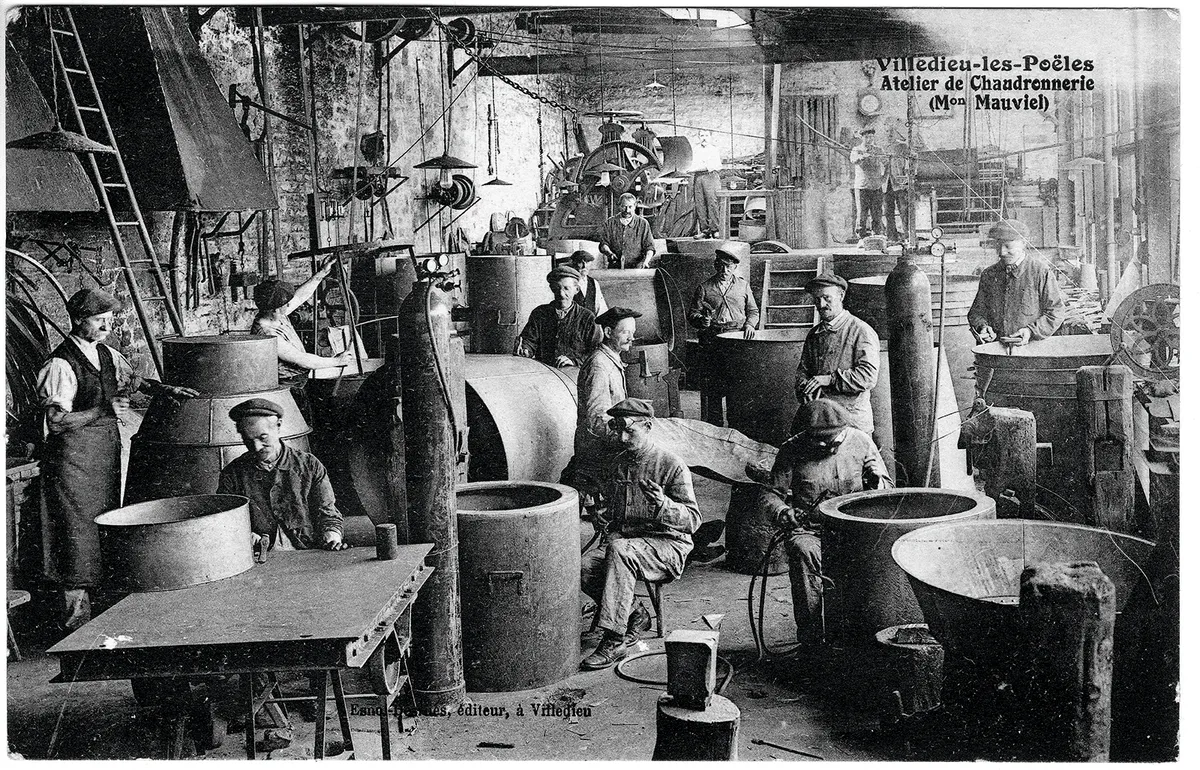
When it was discovered that copper – fairly soft in its pure form – could be made stronger by mixing it with other metals, things changed. An alloy of copper and tin created bronze, which became the go-to material for weapons and tools, and thus the Bronze Age began.
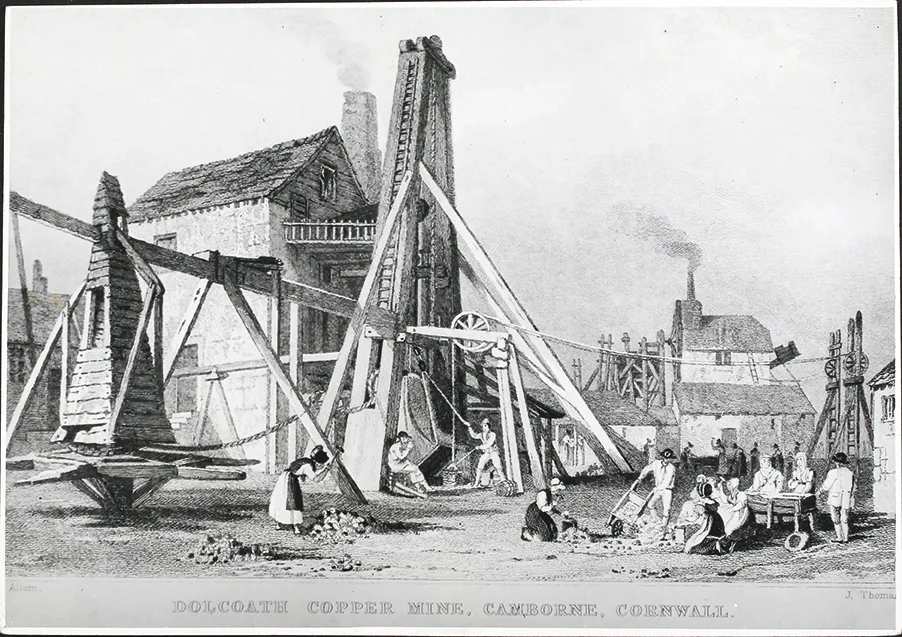
However, copper never went entirely out of fashion and has remained a popular decorative material for everyone from the Ancient Egyptians to the Romans (and beyond). The arrival of the printing press in the early 15th century increased demand, as copper sheets could be easily engraved as printing plates. Furthermore, its anti-corrosive properties made it suitable for roofing, and copper’s use in coins widened its allure further.

Its multitude of qualities and wide range of uses mean copper hasendured. And antiques wrought in this metal – whether decorative or practical – often exude character and charm. As with any antiques, though, the demand for copper depends very much on the item. ‘Many people in the trade argue that the heyday of copper has passed,’ says Marc. ‘What is certain is that things have changed and the copper warming pan is one of the most difficult antiques to sell. However, there are exceptions and I’ve always maintained that the best of every genre will find a deserving market.’

As examples, Marc claims copper measures, jelly moulds and kitchenalia can often be sought after. ‘Larger ‘coppers’ (boiling pans or vats) have become trendy for use as log bins, so repurposing also figures,’ he adds. Prospective collectors should look out for pieces from specific movements or schools of art too: ‘Copper from the Arts and Crafts period will find ready collectors’ markets, and people will always be on the lookout for designers like John Pearson and William Benson, or pieces from the Newlyn School or Keswick School of Industrial Arts.’
The market for some antique copper can also be affected by the very fact that it has practical applications, as Susan Witts of Appleby Antiques explains: ‘We sell antique copper kitchenware for use, so the appeal is to chefs and keen amateur cooks rather than collectors.’ Not only does this affect the potential buyer base, it also influences what buyers should be seeking out: ‘If you are looking for copper to use it should be a good, heavy gauge of copper and also needs to have good tinning,’ says Susan.
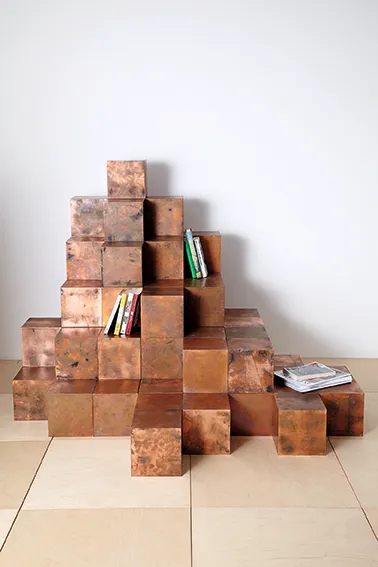
There are several makers to look out for too. ‘From the 19th century there are a number of quality manufacturers of English copper,’ says Susan. ‘These include Benhams, W Adams, Temple & Crook and Barron & Wilson. In France you have names like Trottier and Letang. However, as much copperware was for utility, often it wasn’t marked – then it just comes down to knowing how to judge the quality.’
How to care for copper antiques
There are simple ways to keep your copper antiques in good condition. The first is to avoid over-polishing. As for cleaning: ‘Immerse it in vinegar and salt,’ Marc advises. ‘It’s a trick that polish manufacturers don’t want you to know. But, be careful, it’s quite aggressive. Take advice if you’re not sure.’ Some pieces won’t need cleaning and sometimes the patina that appears over time is part of the appeal and adds to the charm.
As for value, if you’re looking to invest, copper is potentially a very accessible market. ‘You can buy interesting small pieces of antique copper from about £30,’ says Susan. ‘But if you’re looking for something special, expect to pay anything up to a couple of thousand pounds.’
THE FUTURE OF COPPER
Furniture designer Paul Kelley is drawn to copper's beautiful magnetism
Copper is very much a material of the future. Its conductive properties have made it invaluable in telecommunications and electricals and, in terms of the environment, copper can be easily recycled without losing any of its properties, making it even more attractive. In the world of design, there are various makers finding new ways to harness copper’s beauty. One of these is furniture designer Paul Kelley, whose striking modular copper pieces are both versatile and impressively sculptural. The collection is made up of 20cm copper cubes – each magnetised to allow endless configurations when attached to other cubes, to create everything from chairs to bookcases. And because of the natural qualities of copper, every cube is unique and will develop its own patina over time.pk-designs.co.uk
Collecting Newlyn copper
The fishing industry in Cornwall was hardly a reliable source of income in the 19th century. Bad weather meant fishermen could suffer considerable periods of inactivity – especially through the winter – but, for the town of Newlyn, help came along from a surprising source.
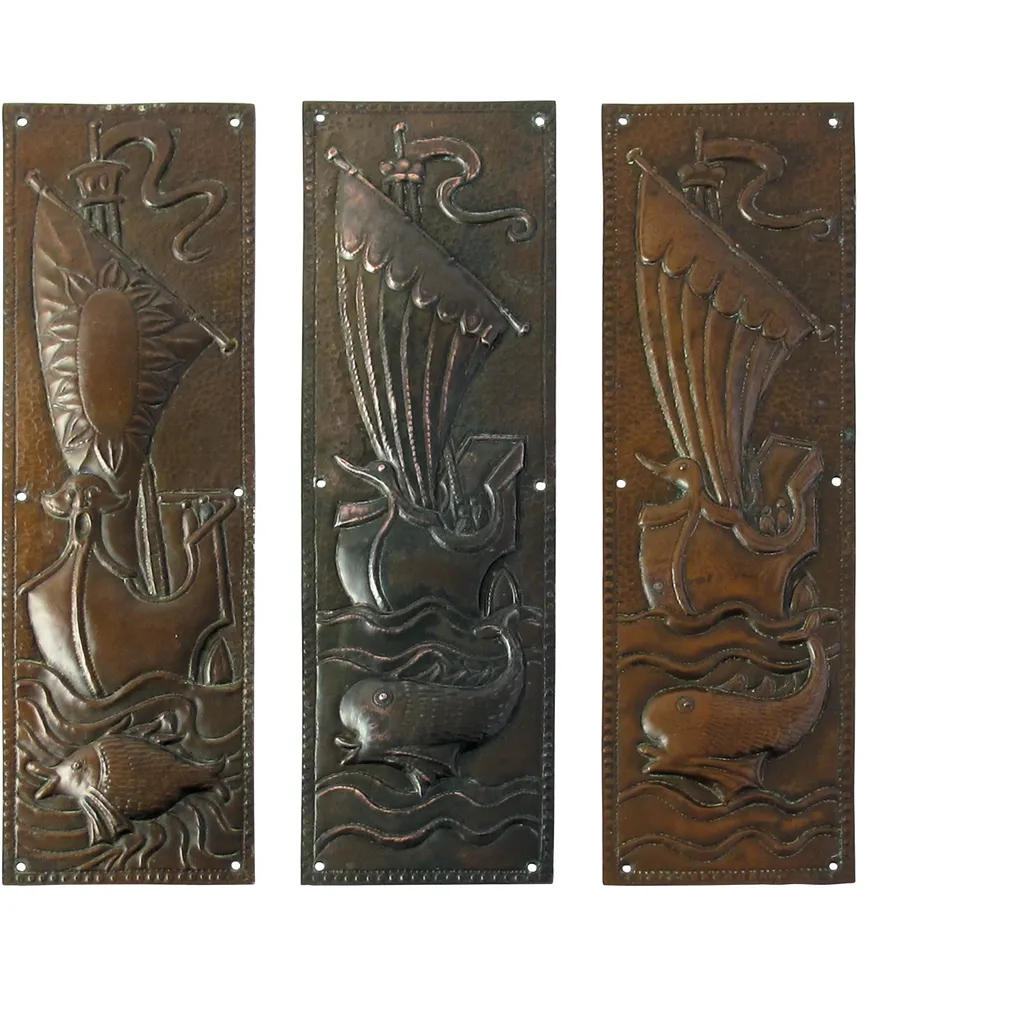
The artist John Drew Mackenzie had recently moved to Newlyn and had a vision of creating an artistic centre of excellence in his new town. His idea was realised in 1890 when, along with some fellow artists, he founded the Newlyn Industrial Class. They took on unemployed fishermen and taught them to work with copper, specialising in repoussé work – a metalwork technique in which the material is hammered on the reverse to create designs in bas-relief. The skilled craftsman John Pearson joined the school in 1892 and is cited as being a huge inspiration and influence for the work that followed.

Pieces in the Newlyn copper tradition combine practicality and beauty, very much in keeping with the Arts and Crafts movement of the time. Each one is handmade with skill and care, which has helped make these antiques highly prized by collectors today. The Newlyn craftsmen created items that were both decorative and useful – everything from trays, plates and chargers to boxes, bowls and elaborate picture and mirror frames.
Unsurprisingly, given the location and the background of the artists, Newlyn designs typically featured fish, sea creatures, ships and other nautical themes, but this is only one clue to look out for when determining Newlyn copper.
The distinctive Newlyn stamp, and signatures of the makers, offer indication of provenance, but take care when seeking out a genuine piece. ‘When purchasing, make sure you buy from a reputable specialist dealer as there are a lot of fakes/reproductions out there,’ advises Janice Kehoe of Solo Antiques. ‘Always look for detail and check the back of the piece for the quality of the repoussé work. Find a friendly dealer and talk to them. Most are delighted to talk to fellow enthusiasts.’
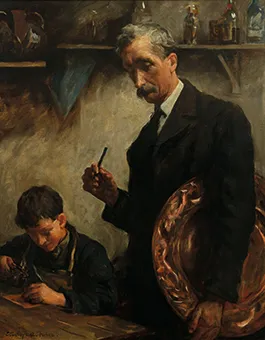
If you want to buy a good example of the craft, avoid pieces that have been regularly polished – this can wear away the sharpness of the design. Likewise, any corrosion or distortion of the material will detract from its value. A little background knowledge is also helpful for prospective collectors: ‘There are a couple of good books out there on Newlyn – and it is always worth reading up on a subject before buying items, so you know what you are looking at,’ advises Janice.
Mackenzie died in 1918 and although production continued on and off for several decades, the Newlyn workshop had closed its doors by the middle of the 20th century. Today, though, there is an active copper works in Newlyn once more. Artisan coppersmith Michael Johnson resurrected the Newlyn copper workshop in 2004 and makes bespoke copper creations from the same site as Mackenzie’s original project.
His work is contemporary and doesn’t seek to imitate the original Newlyn School, but there is still a strong connection to the figures who collectively gave Newlyn’s metalwork industry its illustrious name. ‘It has been an honour to bring this craft back to life again, within the workshop where it all started nearly 130 years ago,’ says Michael. ‘The memories of those who worked here are alive in their relatives who speak so proudly of them, and share wonderful stories when they drop by to see what we’re making.’ For any prospective collectors of Newlyn copper, this workshop is the perfect place to get a feel for where the whole movement first began.
Where to buy copper antiques
Foundry Gallery Art & Antiques
Unit 12, The Old Foundry Chapel, Chapel Terrace, Hayle,Cornwall, TR27 4AB. 01736 752787;foundrygallery.co.uk
Hill House Antiques & Decorative Arts
144a Kensington Church St, London, W8 4BN. 07973 842777; hillhouse-antiques.co.uk
Keith Richards Antiques
Sampford Brett, Nr Taunton,Somerset, TA4 4LL. 01984 632210; keithrichardsantiques.co.uk
Solo Antiques
01995 671096; solo-antiques.co.uk
Auction houses and antiques fairs can also be good places to find Newlyn pieces. David Lay Auctions in Cornwalloften has pieces for sale, or try Antique Fairs Cornwall.
Key historic creations in copper
The Statue of Liberty
The outer shell of this iconic sculpture is made entirely of copper – oxidation turned the statue to the familiar green shade we know today.

Dead Sea copper scroll
The Dead Sea Scrolls were written on parchment or papyrus, except this one, which was written on copper (with one per cent tin) from c70 AD.
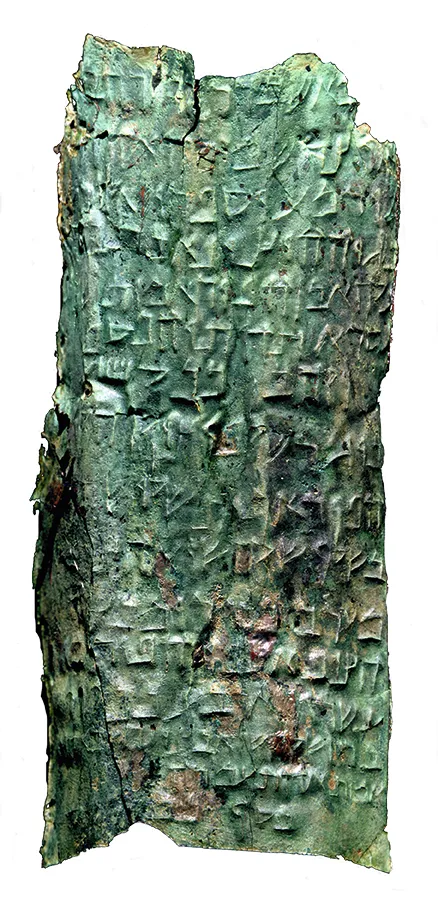
Head of a ruler
Now housed in the Met, New York, this intriguing copper bust from c2300-2000 BC was a huge technological and creative accomplishment for the time.

Copper still
In the 1400s, producers of alcohol discovered copper was the ideal material for stills. It remains the go-to material for many distillers today.
